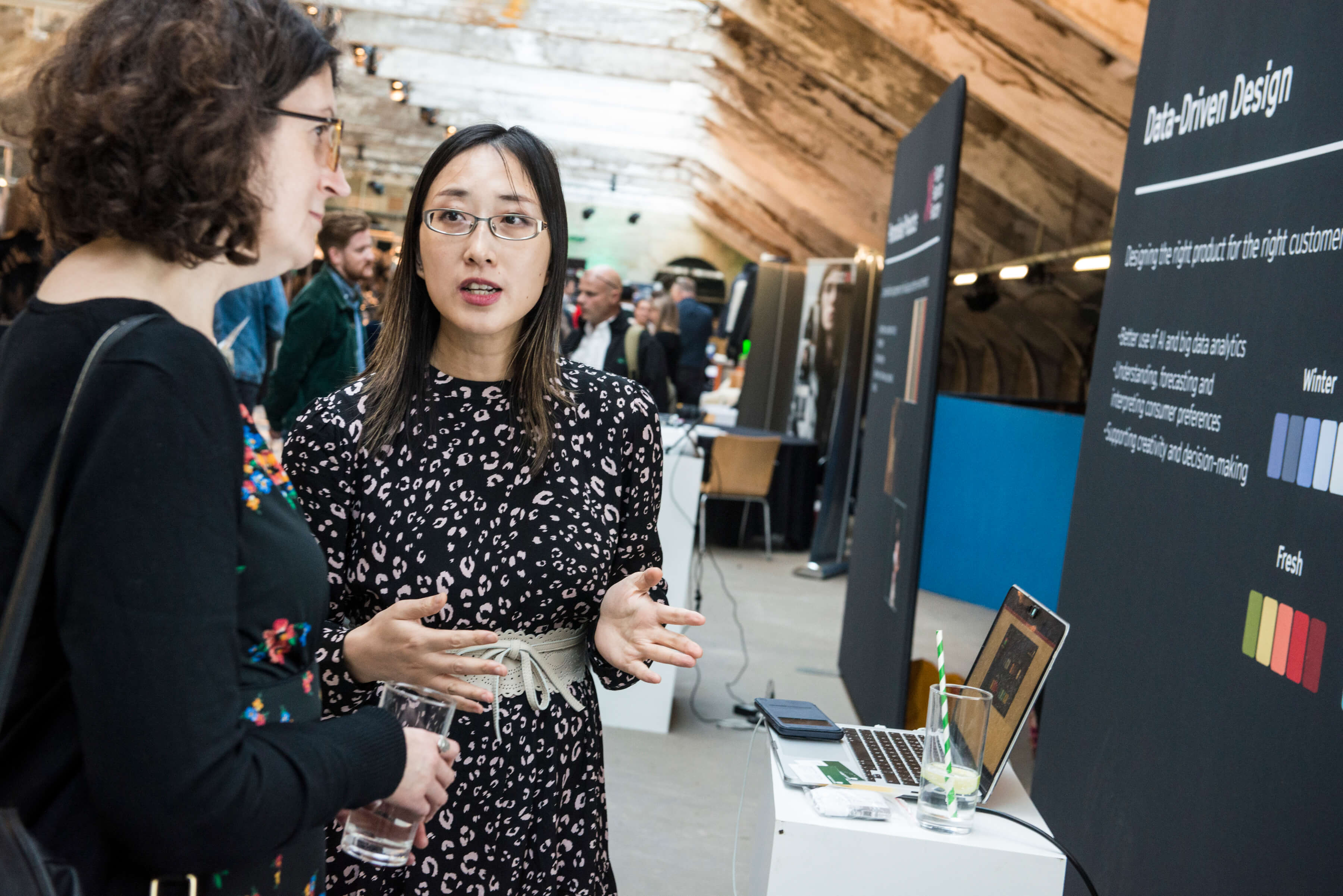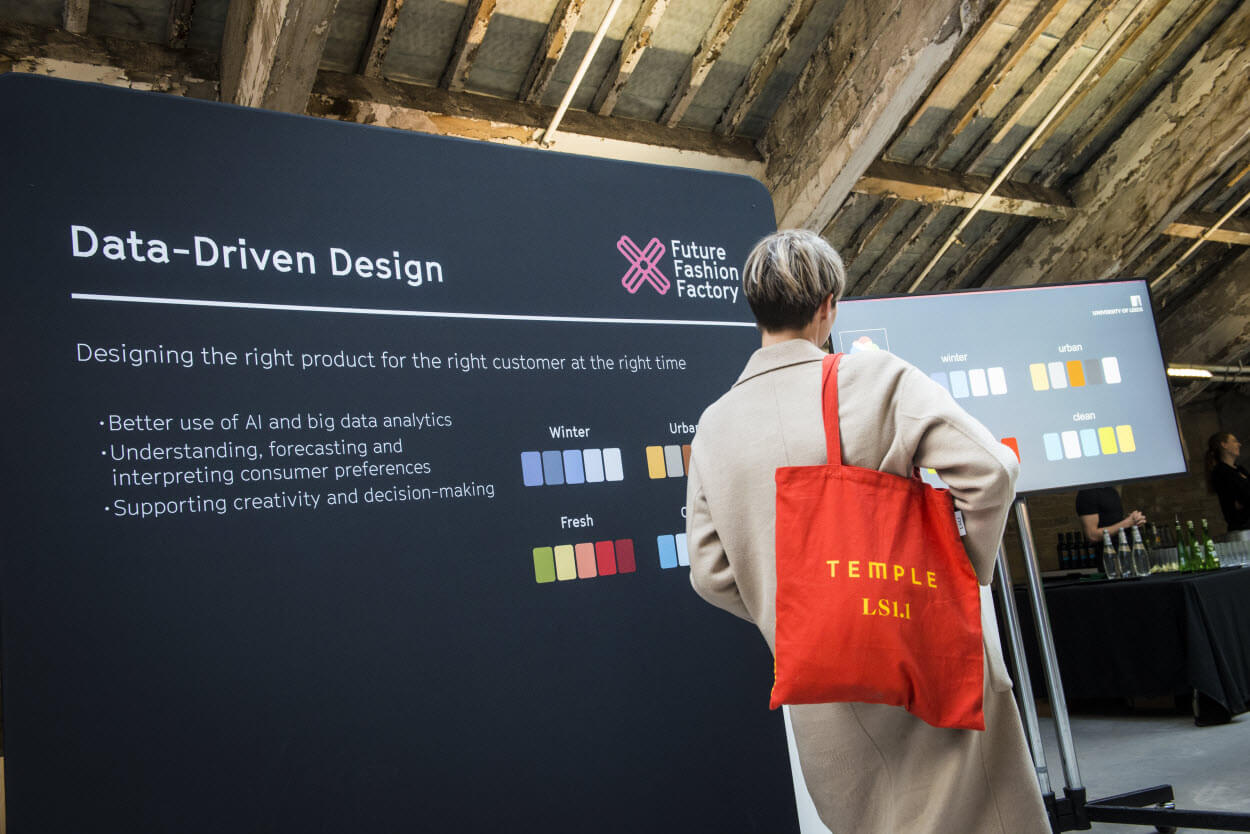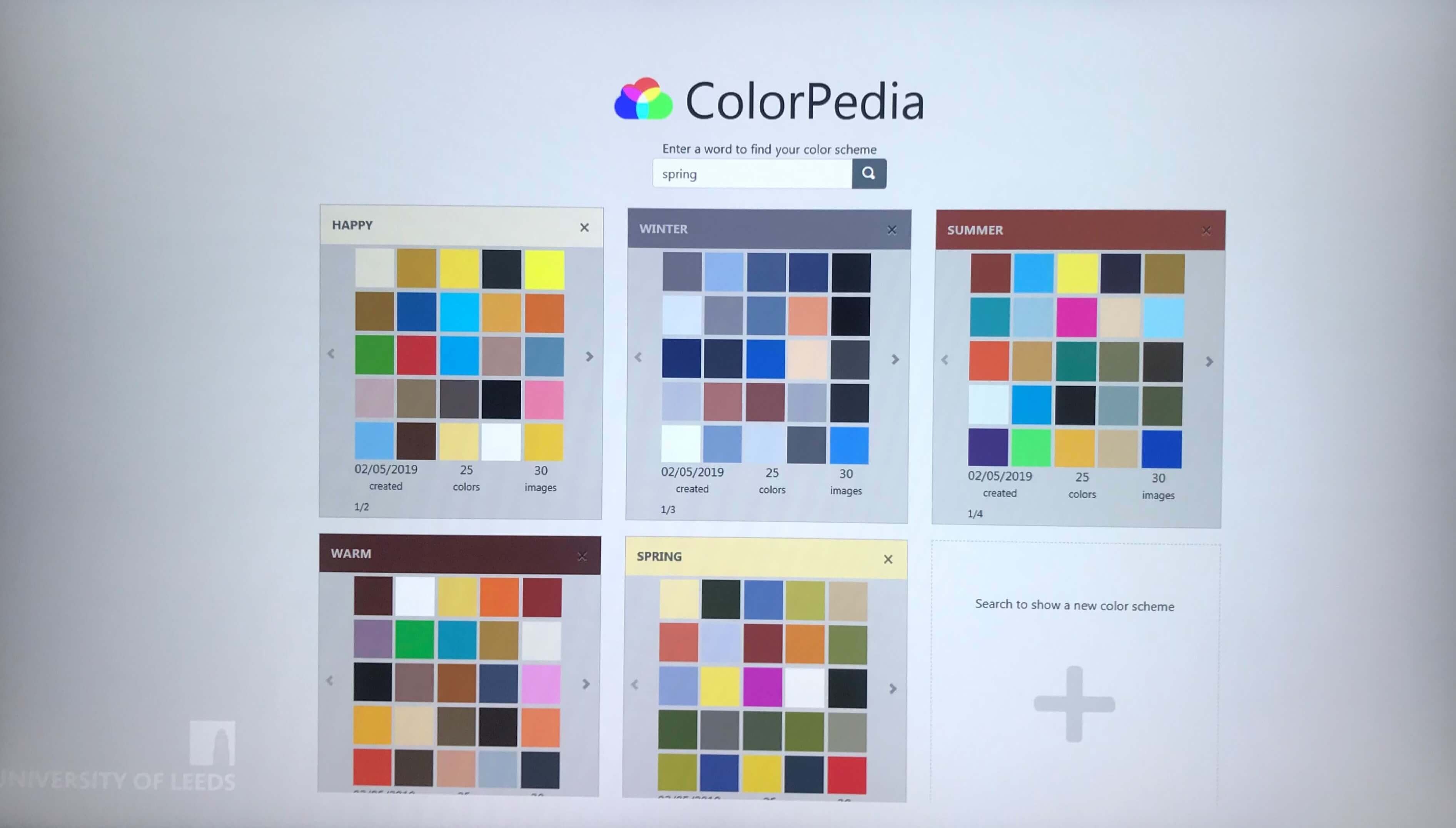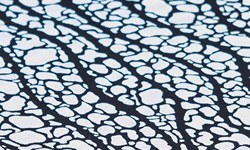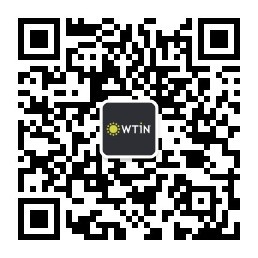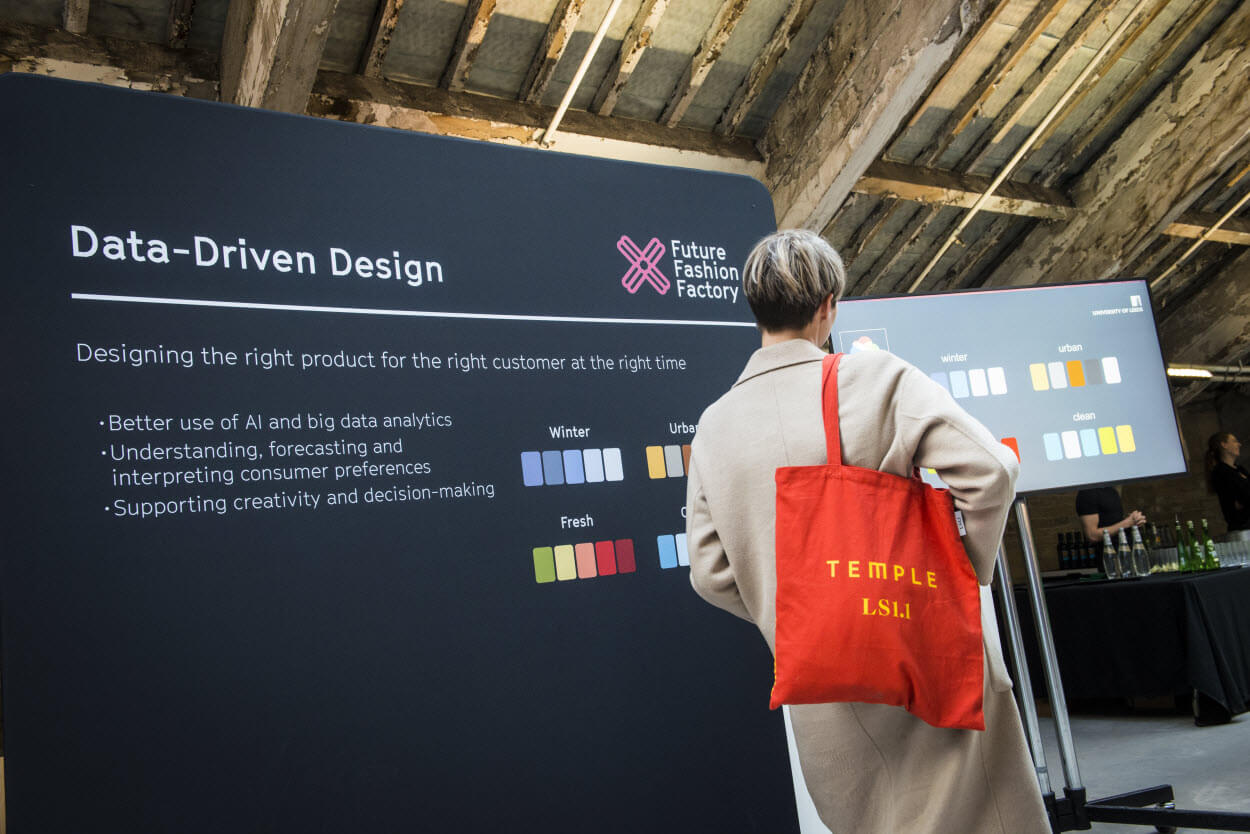
University of Leeds to launch data-driven colour design tool
By Otis Robinson
Otis Robinson speaks to Dr Qianqian Pan, research fellow of colour science and technology at the University of Leeds, about ColorPedia, a new AI-powered, data-driven design tool.
Colour palettes are difficult to collate in any industry. Whether it be automotive or fashion, people designing textiles for each respective sector have a lot to consider. This is because we know that colour has meaning, says Dr Qianqian Pan, research fellow of colour science and technology at the University of Leeds in the UK.
“For instance, red means passion, or love, or danger,” she says. “Yellow is associated with happiness or hope. And green is seen as the colour of luck, nature or growth. Colour can illicit emotional responses and the term colour emotion is often used to describe this.”
Thus, not only do colours conjure emotive responses in consumers, but they become concretely synonymous with certain concepts, phrases and words. For example, Pan explains, the colour pink may be associated with femininity in some cultures, therefore such associations are important for the successful application of colour in product design, advertising and marketing.
Technologies
Many designers might turn to the web for assistance, Pan says. Internet sites provide infographics and statistics on colour trends, colour emotions and colour associations, but Pan says these summaries are too simple. Colours do not have one unequivocal meaning, but for many “colour meaning can vary with culture and several colours can be associated with one idea,” she says.
To develop a solution for this design obstacle, Pan and fellow researchers at the University of Leeds are developing a new artificial intelligence (AI)-powered, data-driven design tool – currently titled ColorPedia – that will allow designers to search for colour palettes based on buzzwords orbiting mood, tone and style.
The project has vague links to colour psychology, the study of how colours might affect interpretations, perceptions and behaviours. In design departments, designers employ colour psychology concepts to ensure their products hold a brand’s intended impact. Pan says inspiration for the ColorPedia project came from this: the way consumers perceive colour in products, particularly in fashion.
“Colour is the first thing people look at [when searching for] a fashion product. Within seconds, people will receive the colour messages flashed by the product and the different colours will make [them] feel a certain way.”
But in contemporary design, colour psychology is at risk of simplification, and colour messages may be miscommunicated.
“There is currently no comprehensive resource where people can go to find this information, so with ColorPedia we seek to provide that resource.”
Since the project began, Pan and the team – led by Professor Stephen Westland, professor of colour science and technology at the University of Leeds – have employed AI and big data analytics to understand and interpret consumer preferences.
Pan explains that the team is scraping global colour trend data from websites and using machine learning (ML) algorithms on the data for analysis. Pan elaborates: “We also use psychophysical techniques such as semantic differential scaling (a rating scale that measures connotations between objects and concepts) to evaluate the association between words and colour palettes.” Subsequently, the ML algorithms will generate ColorPedia colour palettes.
The product
The technology is currently being developed as part of the Future Fashion Factory research programme, a Creative Industries Clusters Programme. A demonstration was on show at the Programme’s Year 1 Showcase, illuminating how ColorPedia contributes to innovation across the fashion and textile industry.
At the event, held at Salts Mill in Saltaire, UK, a screen stood with the ColorPedia search engine on display. Example searches included keywords ‘happy, ‘winter’, ‘summer’, ‘warm’ and ‘spring’, all of which conjured individual, tonal colour palettes that Pan says narrow down colour options for designers, thus cutting down design time, helping to inspire designers to better communicate their concepts and make a ‘more informed’ choice.
Its successful application in design and concept creation is the project’s primary aim. For instance, as Pan explains, ColorPedia can be used to assist designers or design students making colour choices by searching for colour palettes using buzzwords. But Pan adds that an additional benefit of using ColorPedia in this way is a reduction in design failure, thus a reduction in fashion waste and subsequent landfill overflow and garment incineration. With more focus on sustainability in the fashion sector, it’s likely this will be a key hook for ColorPedia’s use in industry.
And the technology has additional potential to ‘disrupt’ retail experiences by allowing shoppers access to the same search tool for use on clothing retail websites – should the retailer choose to implement the software into the skeleton of their search functions.
“Normal software on retailer websites can filter the products by colour, but ColorPedia – if it’s built into a retailer’s website – could be used by consumers to filter products by words, and colours related to that word will be shown to the consumers.” For example, Pan says, a consumer might search for trench coats with colours associated to the word ‘sweet’.
“This design technology can help UK fashion companies to target the right customers with the right colours at the right times in the right country. Ultimately, it would increase the competitiveness of UK companies in the global fashion market.
“So, yes,” Pan concludes, “ColorPedia can be used as a standalone piece of software as a colour picker for designers or design students to generate colour palettes that are associated with the words they provide, or it can also be used on retailer websites to be used directly by consumers to filter products.”
Pan adds that people do not have to wait too long until the product is ready. The ColorPedia design tool is expected to reach completion by ‘early 2020’, Pan says, but there are still some creases to be ironed out.
“I’m currently working on developing algorithms for fine-tuning the colours in the palettes. We might use pattern recognition technologies at later stages [too], to remove less-useful information from the data and further improve the accuracy of our data design tool.”
Pan concludes, summarising the work and the many possible applications of ColorPedia: “Future Fashion Factory is supporting the project with a clear focus on textiles. Beyond this, ColorPedia could also have applications in almost any area of manufacturing.”
Have your say. Join the conversation and follow us on LinkedIn


